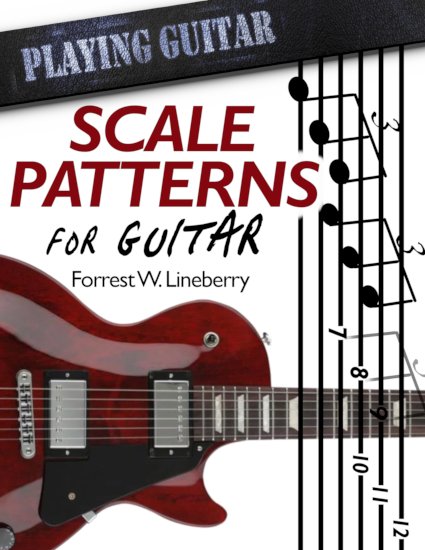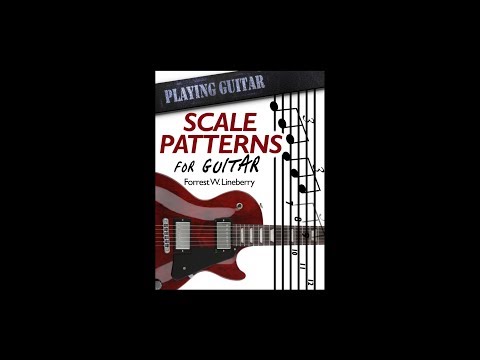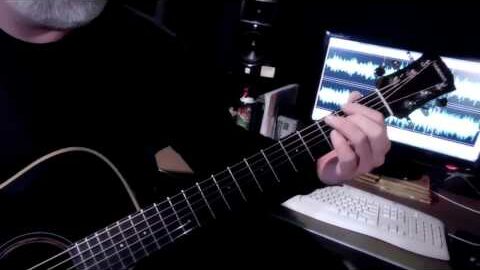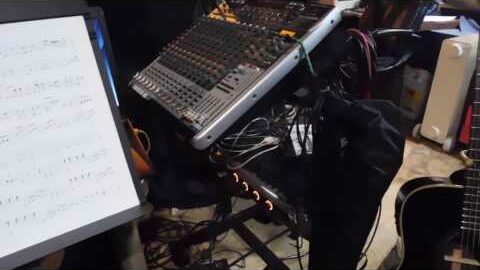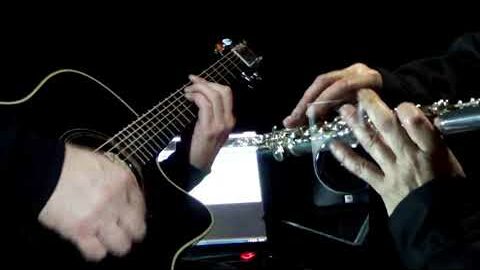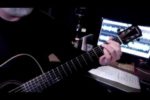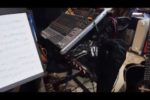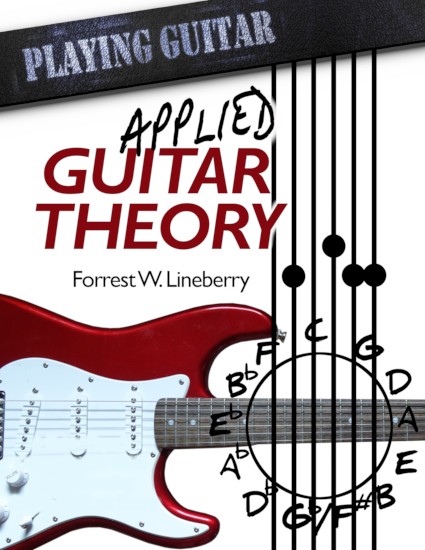Available Now! Scale Patterns for the Guitar,
134 Melodic Sequences for Mastering the Guitar Fretboard!
Buy in Print or eBook! 277 pages!
How do you NOT sound like you’re just playing up and down the scale?
This question gets asked almost daily by guitarists just like you.
I wrote this book to answer that question.
Look. Everybody knows you’re supposed to practice scales if you want to know your way around the guitar fretboard. But nobody really talks about how to turn those scales into musical phrases rather than just playing the notes up and down, up and down.
Melodic patterns turn scale practice into music practice.
Melodic patterns—also known as scale sequences—have been used by composers and songwriters from Bach to the Beatles. They show up in every era and genre of music. Practicing sequence patterns rather than just going up and down the scale is the first step to TURN THE NOTES INTO MUSIC.
It’s no wonder that scale sequences have been used for centuries to train basic technique and musicianship skills on practically every instrument. I’m, now, presenting this same practice to you, the guitar player.
Melodic patterns will super-charge your lead playing.
The secret to great lead playing is melodic phrasing. That’s exactly what scale sequences teach you, to connect your ideas—no more wandering around the fretboard hoping to play something that sounds good.
134 unique scale sequences for mastering the fretboard
Each sequence is shown ascending and descending through one octave of the C major scale and presented in both standard notation and TAB. The scale shape and fingering used for the sequences are shown, along with a breakdown of the cell or melodic idea that was used to create the pattern.
FREE Sound Files Included
Examples shown in each chapter are clearly demonstrated, so you can hear what they sound like. I’ve also demonstrated many of the sequences, both slow and fast, to help you get the feel for how to practice these patterns. In addition, you’ll get 12 backing chords—one in each key—for you to use while practicing these patterns.
Click here to download your soundfiles.
Scale Patterns for Guitar is available now!
Order your copy today from Amazon.
Electric Guitar or Acoustic Guitar?
Why not Both?
Progressive metal on electric guitar:
Soulful Strat tones:
Classic rock on acoustic guitar:
It’s time to take your guitar playing to the NEXT LEVEL!
Coming in 2020…
Applied Guitar Theory, A Comprehensive Guide to Understanding & Applying Music Theory on the Guitar
Want to lay down a killer solo over that progression your buddy is playing? You gotta to know which scales sound good over which chords. Want to jam with a local band on open mic night? You gotta know the key they’re playing in. Want to know what your favorite guitarist is doing in that song you love? You gotta be able to break a song down to see how the music works. Want to reach your potential on guitar? Then Applied Guitar Theory was written for you.
In this book, I take you step-by-step through applying music theory on the guitar fretboard.
The difference between knowing your way around the fretboard and feeling locked in a cage every time you pick up the guitar is knowing music theory AND KNOWING HOW TO APPLY IT. Applied Guitar Theory will give you the tools you need to master the fretboard—the tools you need to make music.
Each chapter in this book is a complete theory lesson, applied to the guitar fretboard, with easy to follow charts and diagrams. Each lesson takes you from theory to application in three steps:
1 – The theory – Everything you need to know is presented correctly, but in the plain language of one guitar player talking to another. I had to figure out how this stuff works, and I show you how it works too.
2 – The Fretboard – Here we take the theory, lay it out on the fretboard and see what it looks like under your fingers. These shapes and patterns will put the entire fretboard in your hand.
3 – What to Practice – The secret to putting theory to work for you is knowing what to practice. Practice is where you’ll train your hands to play the shapes, your eyes to see the patterns, and your ears to hear the sounds.
Go here to read more.
Sample Chapters
Reach Your Potential On The Guitar!
How to Learn the Major Scale
…The most important thing to understand about learning scales is that the notes of a scale cover the entire fingerboard. Scales are not relegated to one or two fingerings or locations. You can get away with learning one or two finger patterns, but if you really want to put the scale to work for you, you need to be able to play the scale anywhere on the fingerboard without hesitation.
This is what the C major scale looks like as notes and as a formula:


Break the Pentatonic Rut
Here are some things you can try with Pentatonics:
- Spend more time playing up and down the strings rather than across the strings.
- Pick every note instead of typical hammer pull licks.
- Avoid bends. Use slides instead.
- Avoid triplet patterns. Instead think in groups of 4, 5 and 6
- Think of pentatonics as arpeggios rather than scales. Minor pentatonic is a min7 arpeggio with an added 11. Major pentatonic is a maj6 arpeggio with an added 9.
- Superimpose pentatonics over 7th chords – Cmaj7 play E minor pentatonic and B minor pentatonic – Cmin7 play D minor pentatonic and A minor pentatonic – C7 play Eb minor pentatonic and Bb minor pentatonic.
- Play over more sophisticated chord progressions, especially progressions that force you to switch keys/scales.
The Best Theory Teacher
The best theory teacher is all the songs you’ve learned. The best theory practice is to tear those songs apart and see how they’re put together.
In order to do that, you will need to learn to recognize chords, scales and arpeggios in any key all over the fingerboard. If you know the notes on every string covering the entire fingerboard, this will be a lot easier to work through:
- Major, minor and (dominant) 7 chords are a must. Diminished chords show up here and there too. Add maj7, min7, min7b5 and dim7 chords for thoroughness. Learn chord inversions for all of these but especially straight major and minor chords. Learn the arpeggio shapes for all these chord types. Augmented chords are rare. You can deal with them if you ever run into….

